Ever dreamed of standing at the edge of the world? Down at the southernmost tip of Italy’s heel, where the Adriatic and Ionian Seas collide, you’ll find a spot the Romans named “Finibus Terrae”—the end of the land. This place in Puglia, now called Santa Maria di Leuca, honestly feels like you’ve reached civilization’s last outpost.
I stumbled upon this magical corner of Italy during a coastal road trip last summer. What sets Finibus Terrae apart isn’t just its wild, dramatic setting, but the way it’s been a meaningful endpoint for travelers for centuries.
The Basilica of Santa Maria De Finibus Terrae stands as proof of the area’s deep historical and religious roots. Pilgrims finishing the Via Francigena Sud from Rome still arrive at its doors.
Getting here feels like an adventure in itself. Coastal roads twist and turn, revealing jaw-dropping views of limestone cliffs that dive straight into clear blue water.
Sailors might find the harbor tricky, but honestly, the landscape more than makes up for any challenges. There’s something about reaching a place that once marked the edge of the world for the ancient Romans.
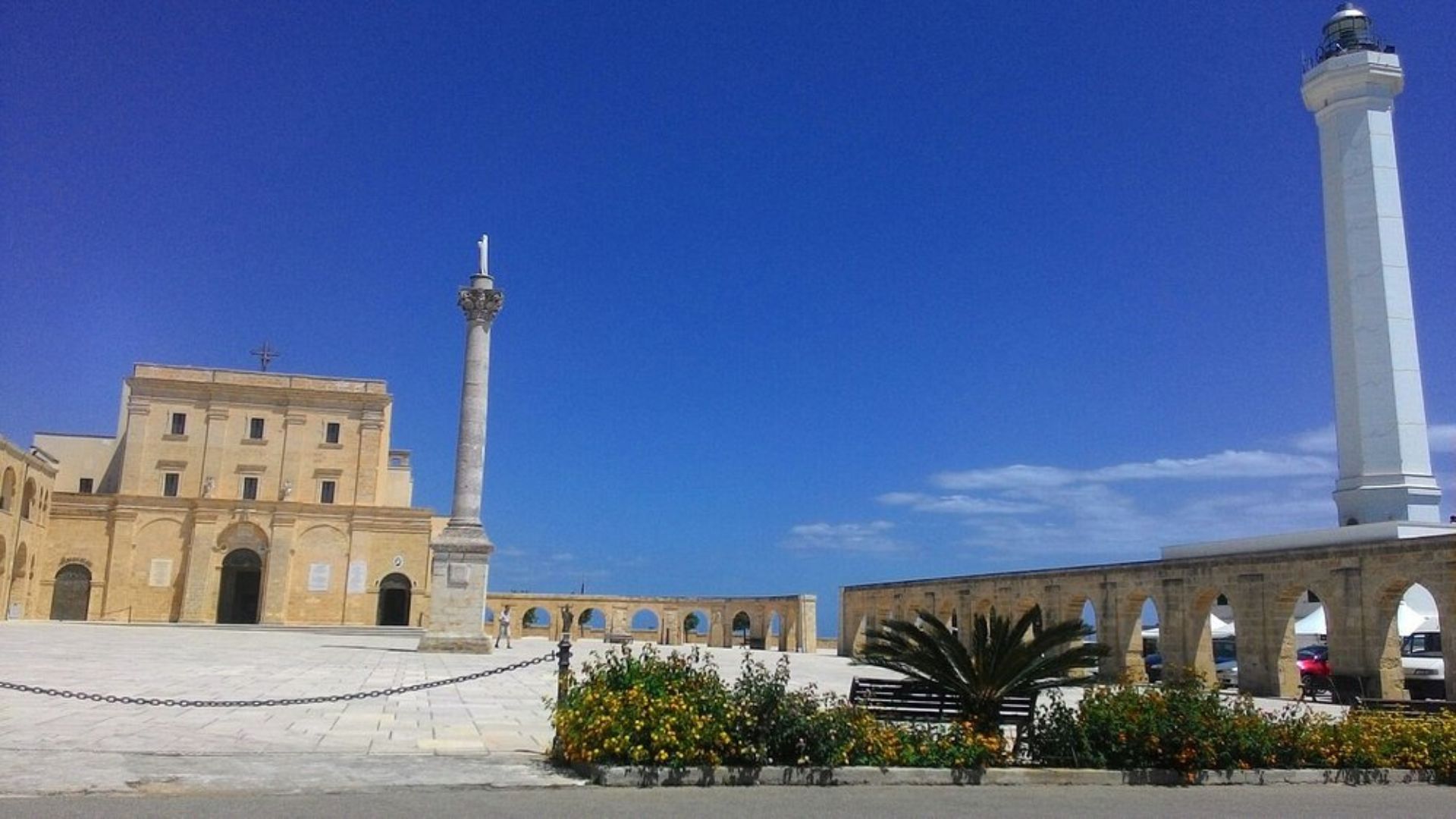
Understanding Finibus Terrae: Where Italy Ends
At the very tip of Italy’s heel, land and sea meet in a way that’s hard to forget. This ancient borderland, once the edge of the Roman world, still draws visitors with its unique spot between two seas and its deep cultural roots.
The Meaning Behind ‘De Finibus Terrae’
“De Finibus Terrae” in Latin means “the end of the land” or even “the ends of the earth.” For the Romans, this wasn’t just poetry—it was their map’s edge.
When I first stumbled across the phrase while planning my trip to Puglia, I was struck by how it captured both a physical place and a mindset.
It meant more than a spot on a map. It stood for the boundary between what people knew and what they didn’t. Standing there myself, the endless sea stretching out made me understand why the Romans felt they’d reached the world’s end.
Santa Maria di Leuca: The Last Outpost
Santa Maria di Leuca perches right on Italy’s southernmost edge, in Castrignano del Capo. Its lighthouse and the Basilica Sanctuary of Santa Maria de Finibus Terrae stand out, built on the site of an old temple to Minerva.
When I visited, locals shared stories of sailors stopping here to pray before braving the open sea. The sanctuary still acts as a spiritual landmark for travelers and pilgrims. Many still see it as the last stop on the Via Francigena Sud.
The town mixes religious tradition with a breezy seaside vibe. Whitewashed buildings, fancy villas, and that impossibly clear water make it more than a relic—it’s a community where the old idea of “world’s end” meets everyday Mediterranean life.
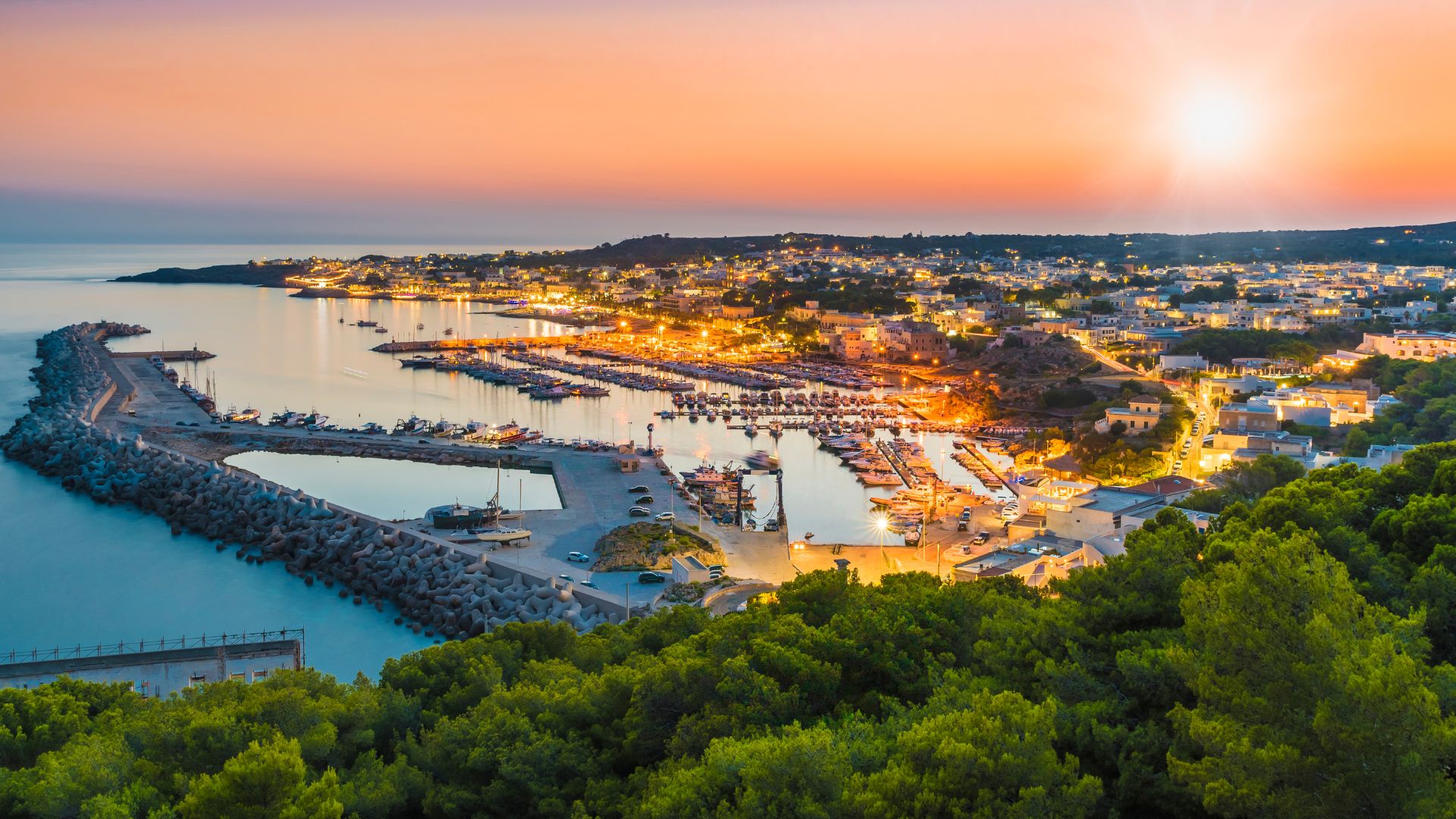
Geographical Significance of Puglia’s Tip
What makes this spot stand out is its spot between two seas. The Adriatic and Ionian meet here, creating swirling currents and visible color shifts. On a clear day, you can see the deeper blue of the Ionian and the lighter Adriatic from the cliffs.
Puglia’s tip splits the eastern and western Mediterranean. This natural border shaped trade, military moves, and cultural mixing for ages.
Ancient sailors used this headland to guide their ships, and today’s visitors just soak in the dramatic coastal scenery.
The limestone cliffs and sea caves have taken shape over thousands of years. As I explored, I found secret beaches only reachable by boat and caves etched into the land—a reminder of nature’s slow, steady hand at work.
Santa Maria di Leuca: The Heart of Finibus Terrae
Santa Maria di Leuca sits right at Italy’s southernmost tip, where those two seas finally meet. This little part of Castrignano del Capo is known for its stunning views and its deep religious roots.
The Basilica Santuario di Santa Maria de Finibus Terrae
The Basilica Santuario di Santa Maria de Finibus Terrae is Leuca’s crown jewel. Its name means “Saint Mary of the End of the Land,” a nod to its spot at what the Romans thought was the end of everything.
I couldn’t help but stare at the basilica’s white façade shining under the blue sky. The current building dates back to the 1700s, but it rests on much older foundations.
Legend says St. Peter stopped here on his way to Rome, blessed the place, and converted locals. Inside, I found artwork that tied together biblical stories and the area’s fishing traditions.
The basilica acts as a lighthouse for sailors and a beacon for the faithful. Standing on its steps, looking out where two seas meet, you can feel the symbolism.
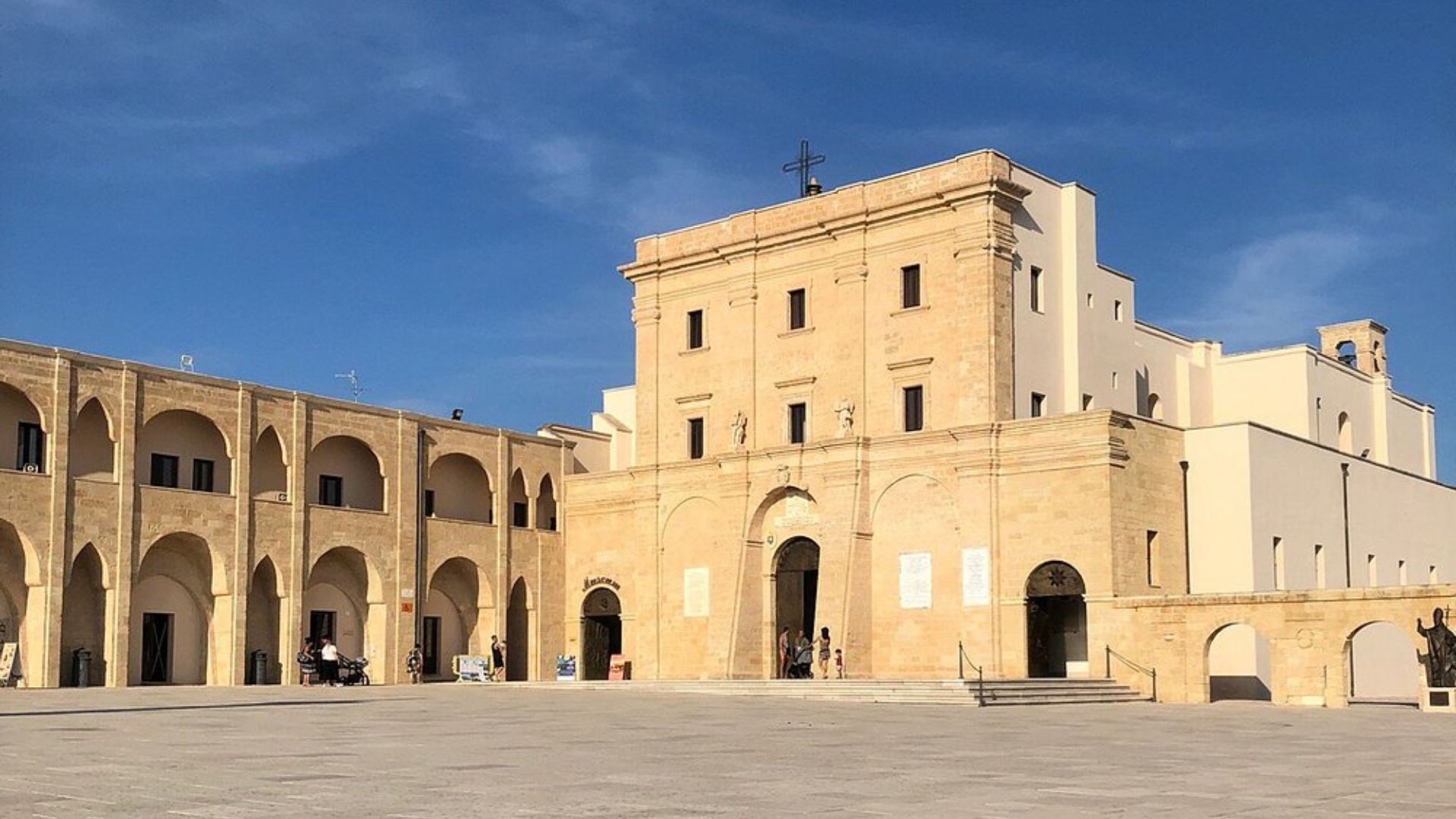
Spiritual Pilgrimages and St. Peter’s Legacy
Walking through Leuca, I picked up on the spiritual weight that has drawn pilgrims for generations. St. Peter’s visit in 43 AD put this spot on the Christian map.
The path to the sanctuary follows old pilgrimage routes. Visitors still come to pray at the spot where tradition says St. Peter performed baptisms with spring water.
During Easter and the feast of Santa Maria de Finibus Terrae (August 15), the town fills with pilgrims. I watched them carry the Madonna’s statue through the streets and down to the sea.
What stood out was the mix of faith and local celebration. Families keep up traditions, like building a detailed nativity scene by the basilica at Christmas.
The Lighthouse and Breathtaking Sunsets
The lighthouse at Santa Maria di Leuca rises 47 meters above the promontory, right beside the basilica. Built in 1866, it’s still one of Italy’s most important lighthouses.
I tackled the 254 steps to the top and got incredible views. Watching the two seas meet, with their shifting colors, is something I won’t forget.
Sunsets here are unreal. I joined locals and visitors as the sky turned orange, pink, and purple, while fishing boats drifted back to the harbor.
Best Sunset Viewing Spots:
- Basilica terrace
- Lighthouse viewing platform
- Lungomare Cristoforo Colombo
- Ciolo Bridge (just north of town)
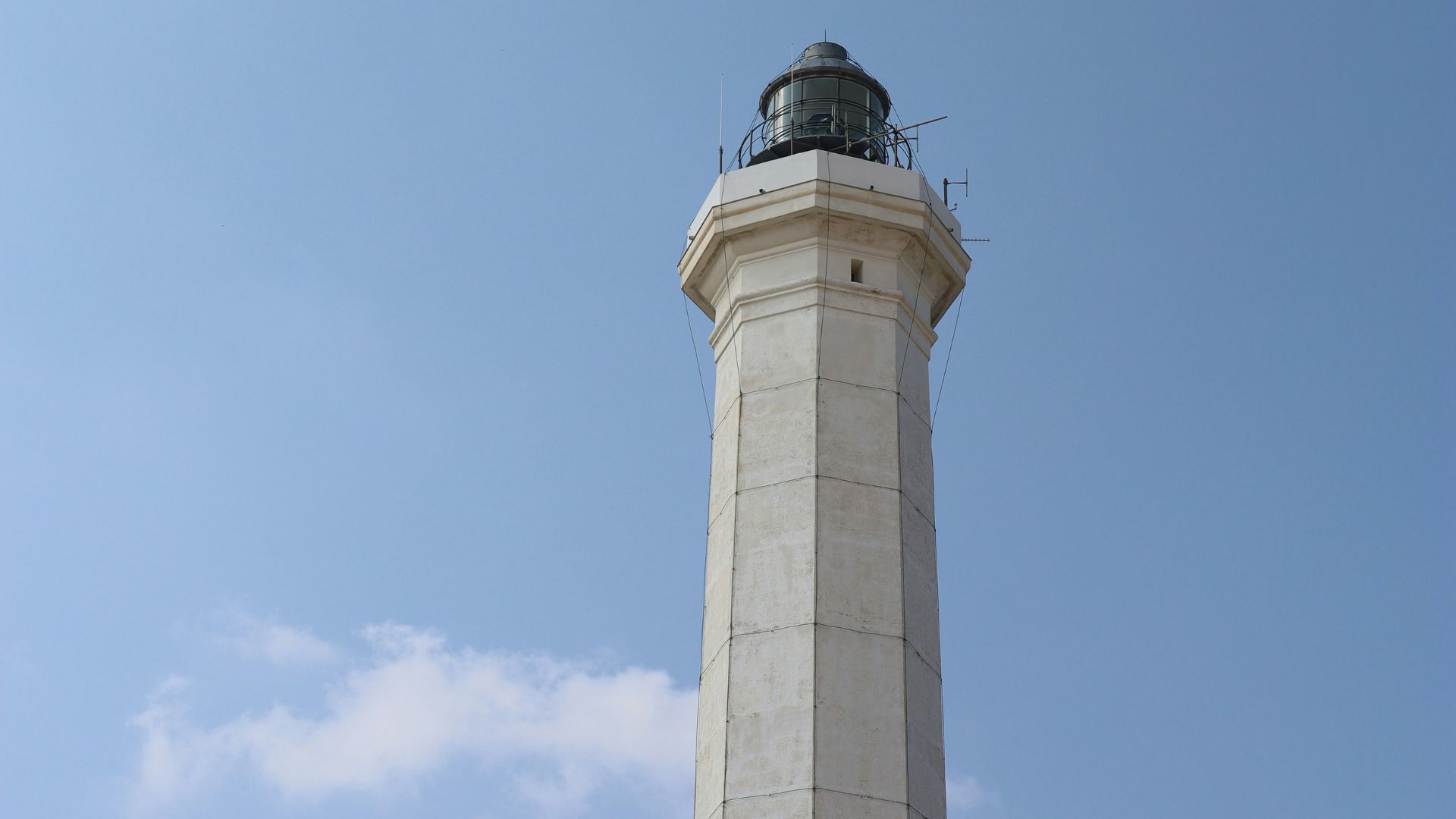
Notable Architecture and Churches
Besides the basilica, Santa Maria di Leuca has some real architectural surprises. I wandered past grand 19th-century villas built by merchant families.
These summer homes show off “eclettismo Salentino”—a mashup of Art Nouveau, Moorish, and Gothic styles. Villa Daniele and Villa Mellacqua caught my eye with their fancy balconies and bright colors.
The Church of Cristo Re brings a modern touch with its simple, peaceful interior.
Along the coast, I found small chapels built for fishermen. Inside, people left ex-votos—thank-you offerings from those rescued at sea.
The waterfront promenade ties together these buildings, making for a stroll where history, faith, and nature all meet at Italy’s southern edge.
Exploring the Salento Peninsula
The Salento Peninsula forms the heel of Italy’s boot, where land and sea clash in dramatic style. This old region blends wild coasts, historic towns, and real Italian culture, well away from the big crowds.
Seaside Towns and Ancient History
I always start in Lecce when I’m in Salento. Dubbed the “Florence of the South,” its golden baroque buildings shine in the sun. The Roman amphitheater sits right in the center, a reminder of Salento’s deep roots.
Otranto pulled me in with its compact old town and the cathedral’s incredible mosaic floor from 1163. The Tree of Life design alone is worth the trip. The town’s spot on the coast made it a target for invaders for centuries.
I always tell friends to check out tiny fishing villages like Marina Serra. Locals stroll the harbor in the evening, and family-run restaurants serve up the freshest seafood with no fuss.
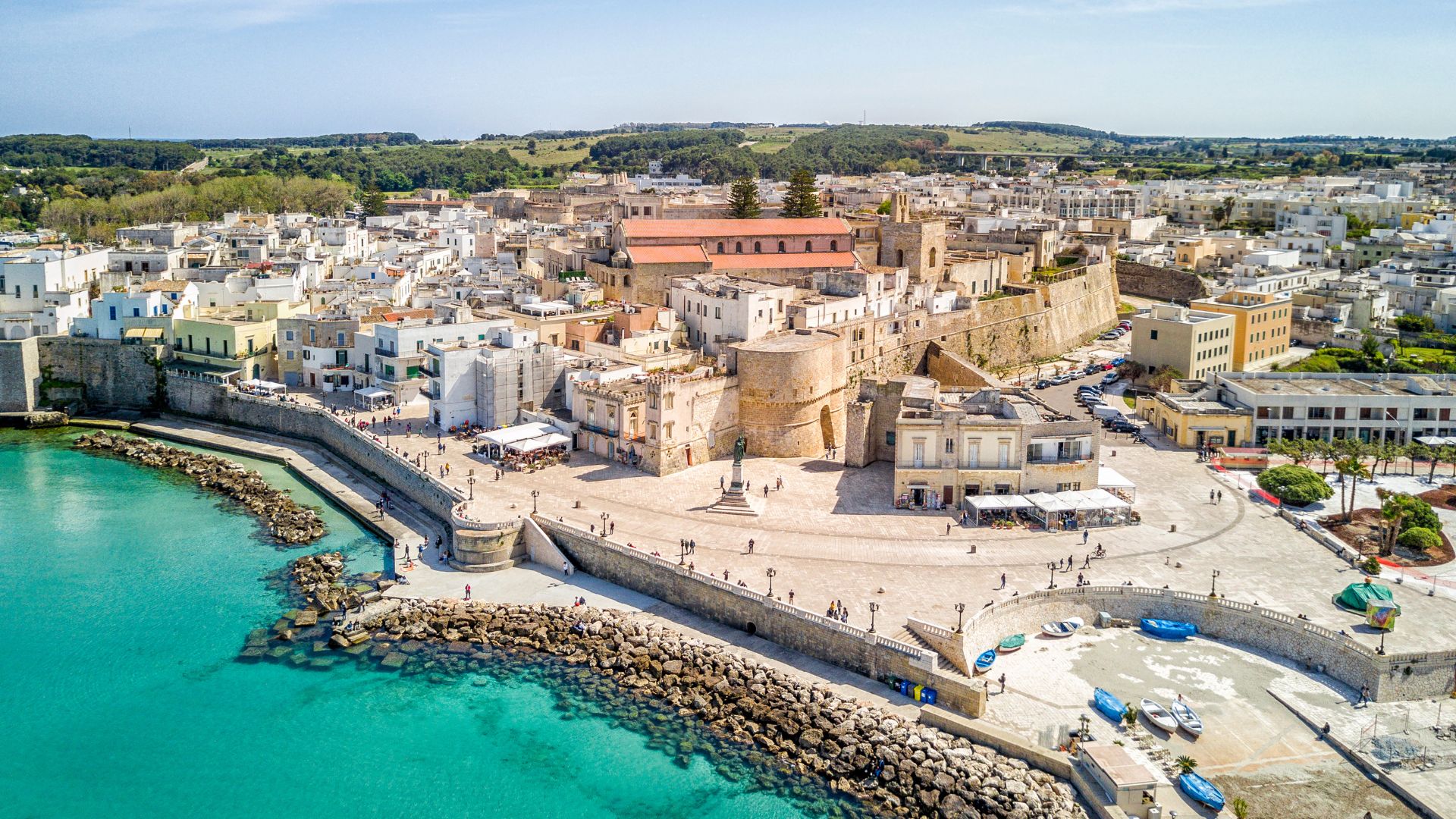
Unmissable Coastal Drives and Porto Badisco
The drive from Otranto to Santa Maria di Leuca along the Adriatic is a must. The road hugs the cliffs, with the deep blue sea just below. I always stop at every viewpoint I can.
Porto Badisco is a little gem tucked away. This cove with clear water is supposedly where Aeneas landed in Italy. After a swim, I love exploring the countryside nearby.
The coastal road passes through Santa Cesarea Terme, known for its thermal baths and wild architecture. Villa Sticchi, with its Moorish style, stands out against the Adriatic. I can’t resist snapping photos of it.
Scenic Stays: Villas and Historic Buildings
My top picks for places to stay in Salento are the old masserias—fortified farmhouses turned guesthouses. They’re tucked among olive groves, often with pools and home-cooked meals.
In Santa Cesarea Terme, I once stayed in a renovated palazzo overlooking the sea. The high ceilings and tiled floors kept things cool, even in the heat. From my balcony, I watched the fishing boats come in at sunset.
For something different, try a trullo—a traditional stone hut with a cone roof. They’re mostly up north, but you’ll find a few in Salento. The thick walls keep the inside comfortable no matter the season.
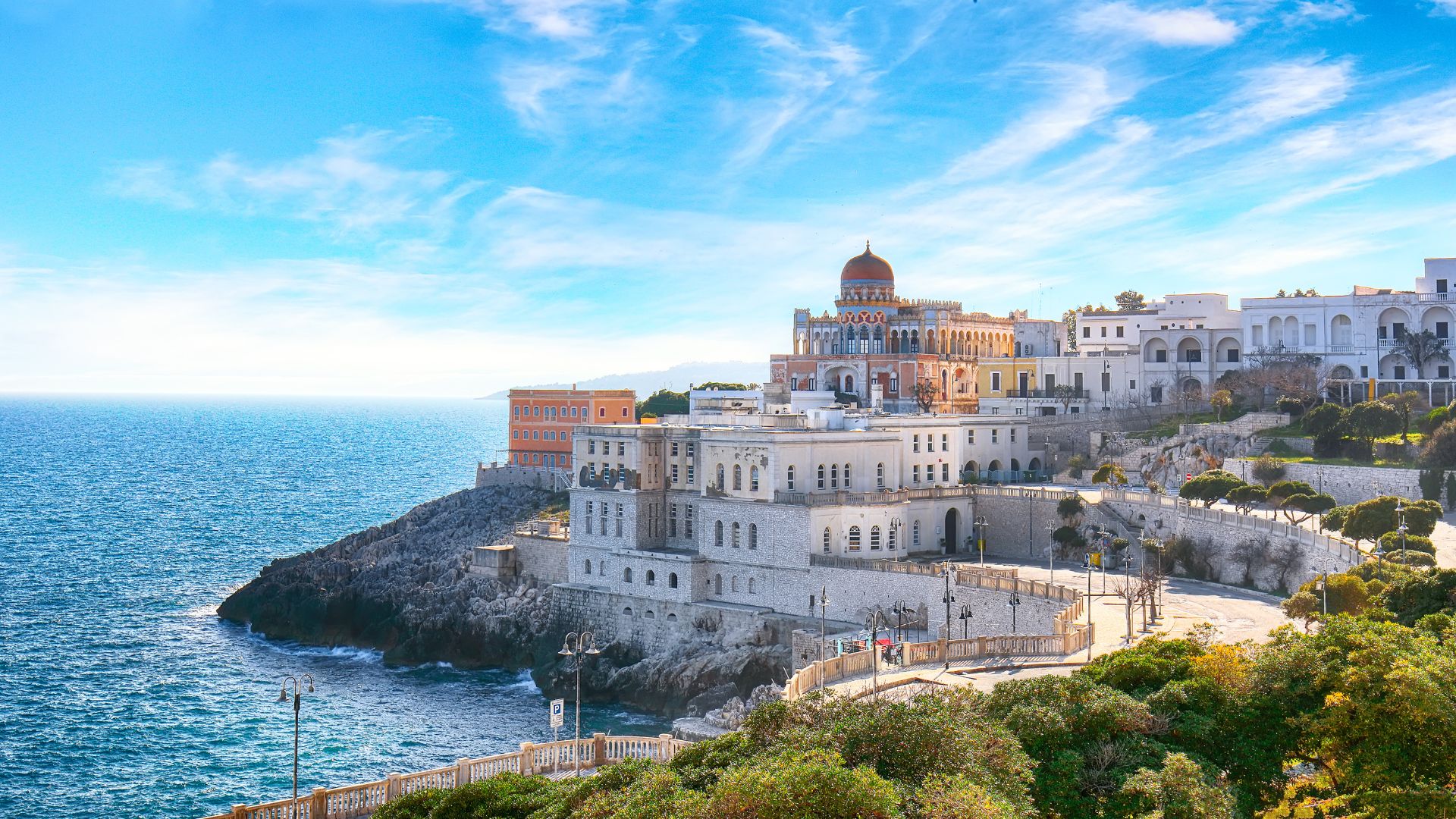
Cultural Touchstones and Historical Legacies
Santa Maria de Finibus Terrae carries weight in religious history and Italian culture. Over the years, it’s seen papal visits, wartime intrigue, and local traditions that still shape the place today.
Pope Benedict’s Connection to Leuca
Pope Benedict XVI made a pilgrimage to Santa Maria de Finibus Terrae in 2008. I watched crowds gather along the coast to greet him. His visit shone a spotlight on the sanctuary’s role as a Christian landmark.
He spoke about St. Peter, who reportedly founded the shrine. Benedict called this “the end of the earth,” a symbol of faith reaching to every corner.
Locals still display photos from that day in their homes and shops. The papal visit boosted religious tourism and reminded everyone of the town’s spiritual pull.
Mussolini and World War II: The Strategic Importance
During World War II, Leuca’s spot at Italy’s tip became a key military outpost. Mussolini’s regime built bunkers along the cliffs to keep watch over Allied ships.
You can still spot some of these weathered bunkers today, silent reminders of a grim chapter.
After Italy surrendered in 1943, German troops briefly took over. Locals share stories of hiding Allied pilots shot down over the sea. Even at the “end of the earth,” people made brave, life-changing choices.
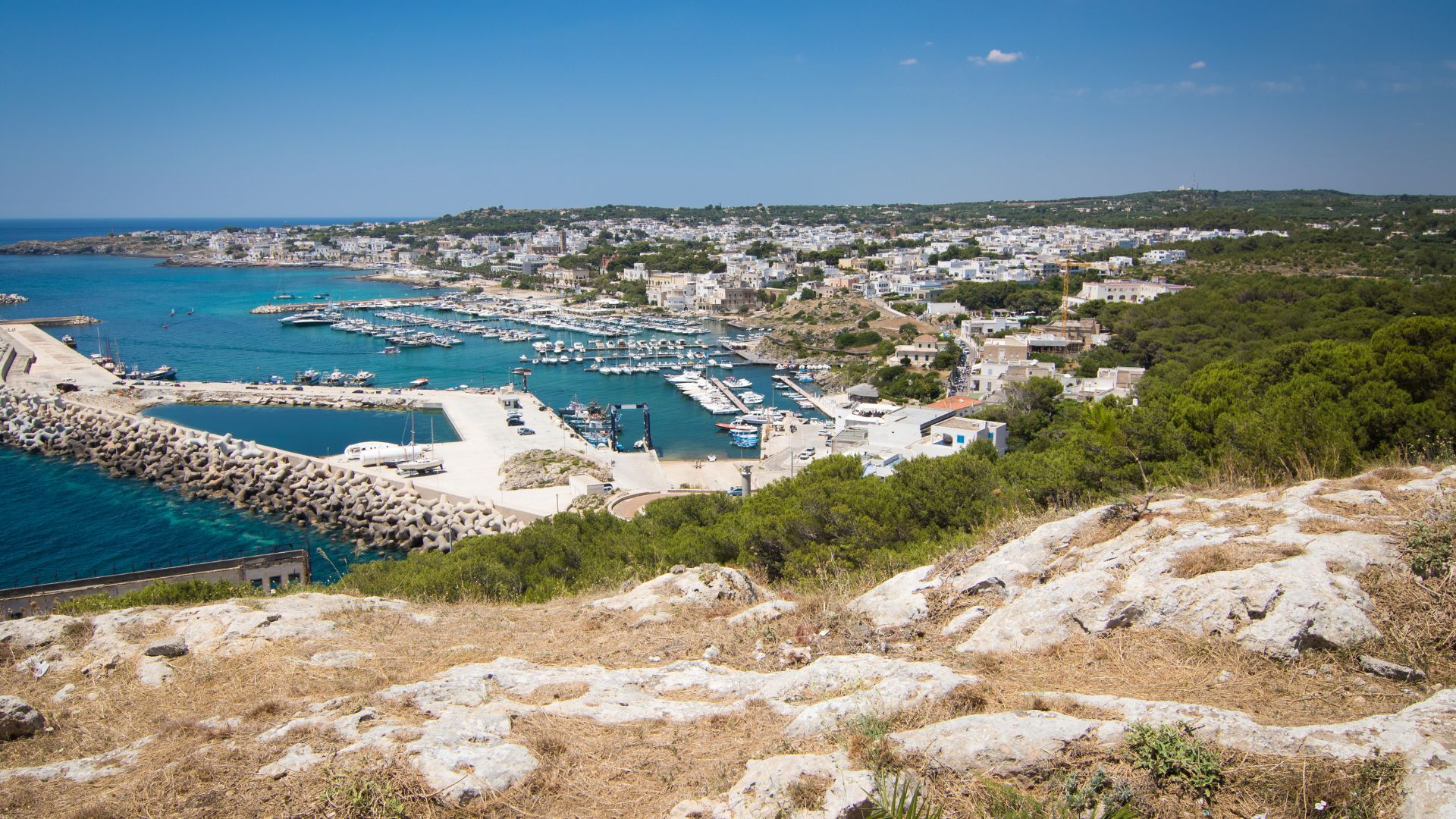
Traditions, Festivals, and Local Customs
Summer in Finibus Terrae bursts with energy and color. The Feast of Santa Maria di Leuca on August 15th completely transforms the town—think processions, music, and fireworks exploding over the sea.
Locals decorate their boats with twinkling lights and circle the bay, turning the whole place into something that feels almost unreal.
Food here tells its own story because the region sits where different cultures and waters meet. You have to try pesce azzurro (bluefish), cooked with those simple, old-school recipes families have passed down for ages.
People here love the ritual of watching the sunrise from the easternmost point. Both visitors and locals gather to catch those first rays where the Adriatic and Ionian Seas meet.
I joined in once, and honestly, it’s a moving moment—standing there, you can’t help but feel connected to all the others who’ve watched the sun come up from this edge of Italy.
Essential Travel Tips for Visiting Finibus Terrae
If you’re planning a trip to Italy’s southern tip, you’ll want a few inside tips to make the most of it. Here’s what I wish I’d known before heading down to the “End of the Land.”
When to Visit and What to Pack
Late spring (May-June) and early fall (September-October) hit that sweet spot: nice weather and not too many people. Summer brings gorgeous days, but also crowds and steeper prices. Winter? It’s peaceful, but you’ll find a lot of places closed or with shorter hours.
Pack light, breathable clothes for summer since it often climbs to 85-95°F (29-35°C). Even in summer, toss in a light jacket for the evenings.
In spring and fall, you’ll want to dress in layers because the temperature can jump around.
Don’t forget:
- Comfortable walking shoes for exploring coastal paths
- Swimwear and a beach towel—the spot where the two seas meet makes for some wild swimming
- Sun protection: hat, sunglasses, and a good, high SPF sunscreen
- A refillable water bottle, especially when it’s hot
Must-See Sights and Hidden Gems
The Basilica Santuario di Santa Maria de Finibus Terrae stands right at the tip of Italy’s heel, where the two seas crash together. It’s a must-see, honestly, with its dramatic clifftop spot and deep religious roots.
You’ll find the lighthouse (Faro di Santa Maria di Leuca) nearby, and the views from up there are just unreal—especially at sunset, when the sky goes all kinds of colors.
If you want to dig a little deeper, check these out:
- The Grotte Marine—Hop on a boat tour to see the sea caves up close
- Villa Meridiana—Just one of several gorgeous 19th-century villas
- Hiking paths along the cliffs for some jaw-dropping views
- The Ciolo Bridge and the tiny, hidden beach tucked below
I’d say get up early if you want the best photos and a bit of quiet before the crowds roll in.
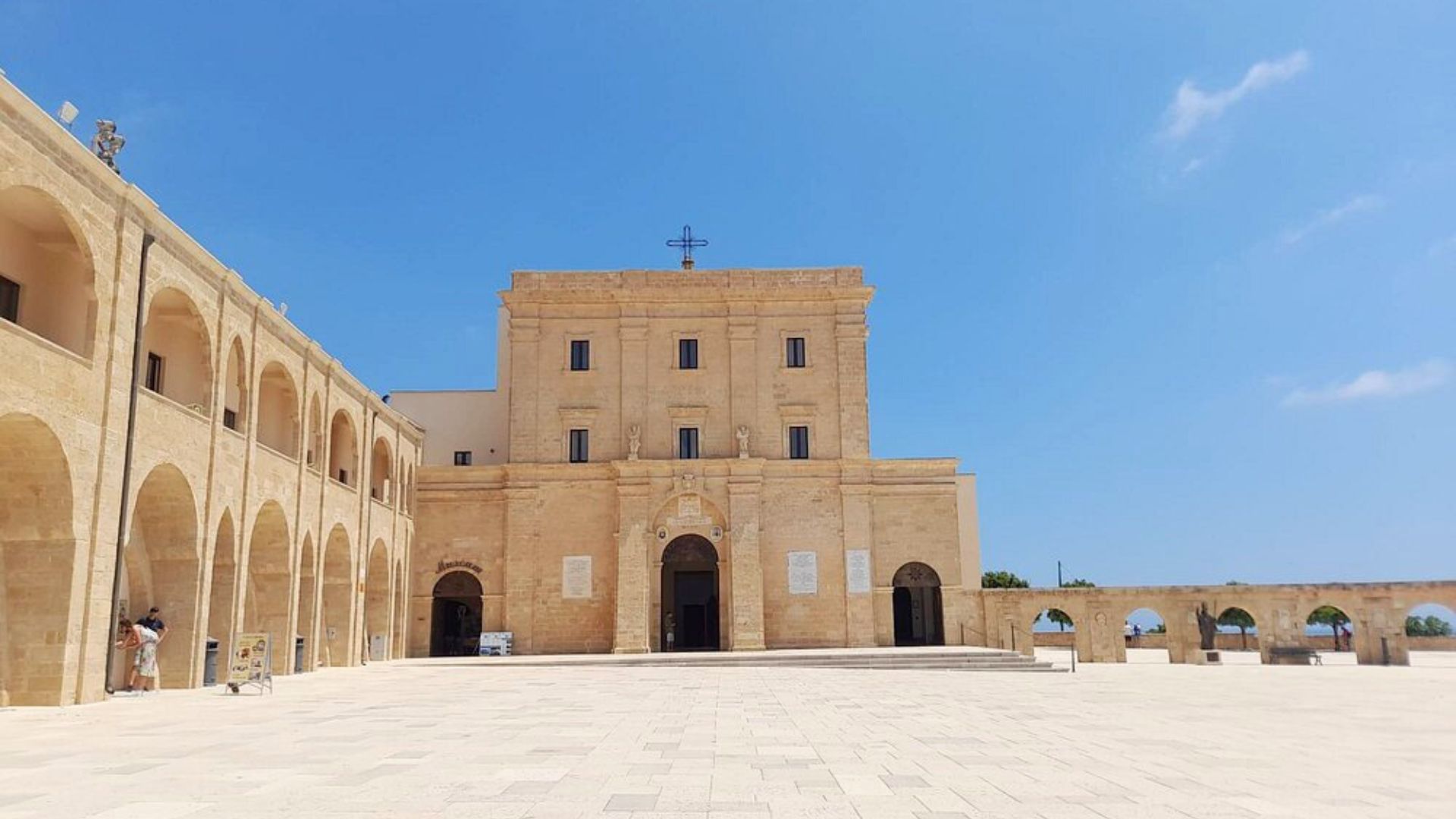
Local Cuisine and Where to Eat
In this corner of Puglia, the food scene feels like a real blend of sea and land. Locals bring in fresh seafood every morning, and chefs keep things simple so the natural flavors shine.
You’ve got to try orecchiette pasta with turnip tops—it’s a regional favorite, and honestly, it just tastes like Puglia. I always go for the seafood risotto too, especially if they’re using whatever came in off the boats that day.
If you’re hunting for great places to eat, here’s where I’d go:
- Ristorante Al Gambero – The seafood here is fantastic, and you get a view of the lighthouse.
- Trattoria del Porto – This family-run spot serves up classic Pugliese dishes, and you can taste the tradition.
- Café del Mar – Grab an aperitivo here and just soak in the sunset. It’s hard to beat.
Pair your meal with a glass of local Primitivo or Negroamaro—those wines just work with everything. And before you leave, make sure you try a pasticciotto. It’s a little pastry stuffed with custard, and honestly, it’s the best way to start your morning with a coffee.

